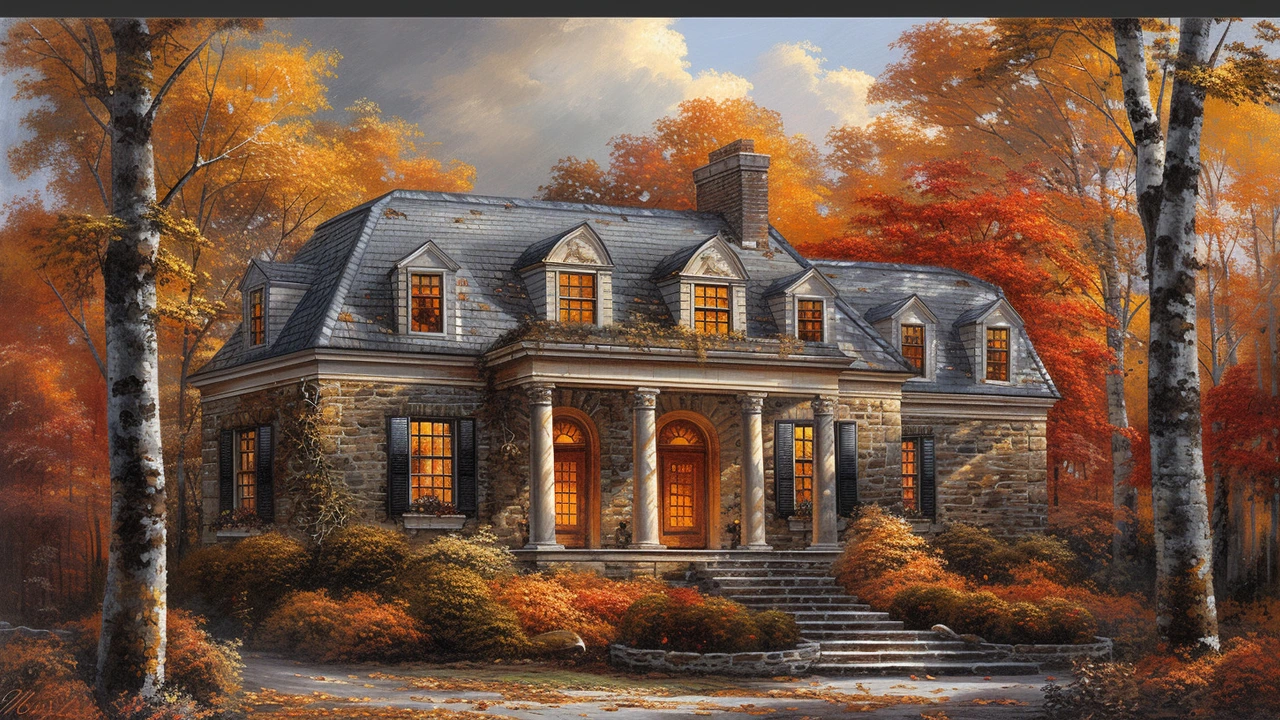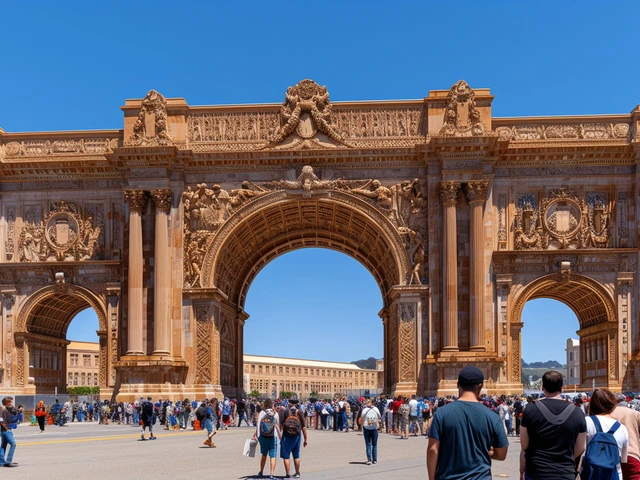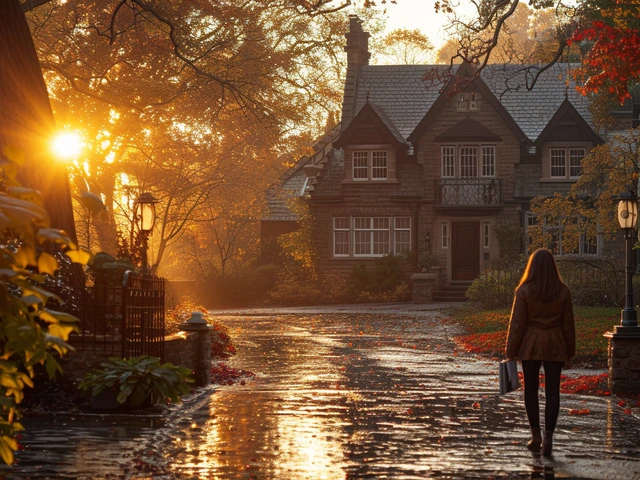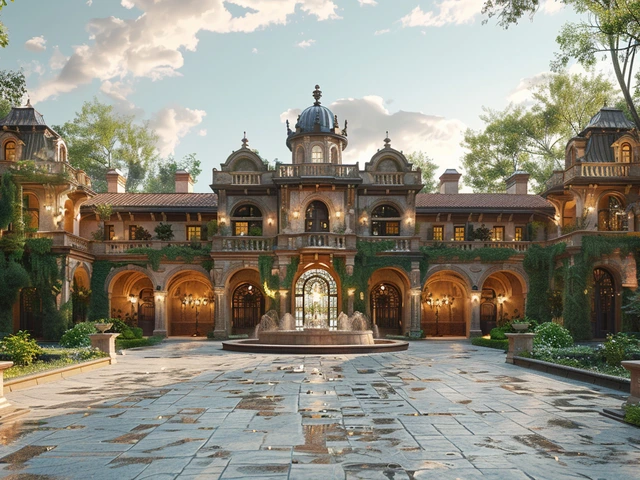The Magnetic Charm of Dutch Colonial Revival Architecture
Have you ever come across a house that seems to carry an aura of old-world charm, with an elongated and flared roof, dormer windows, and a charismatic front porch, making you feel as if you've stepped into a surreal Dutch painting? That, my dear architecture enthusiasts, is the Dutch Colonial Revival architecture for you. This architectural style, with its roots planted firmly in the 17th-century Dutch houses, remains as tastefully appealing today as it was back in its golden era. Outlasting the test of time, the Dutch Colonial Revival architecture manifests a seamless blend of allure, functionality, and heritage.
Origin and Evolution: From Netherland to America
The Dutch pioneers who sailed to America in the 1600s not only took along their dreams and aspirations but also the essence of their distinctive architectural style. The original Dutch Colonial houses they established were straightforward, practical, and tailored to stand up against the harsh, unpredictable weather. But as time progressed and architectural trends evolved, the humble Dutch houses transformed into the grandeur that we now identify as Dutch Colonial Revival architecture.
Rapid Popularity: The Dutch Love at First Sight
In the late 19th century, America revisited its roots, leading to the revival of several ancient architectural styles. Among these resurrections, the Dutch Colonial Revival rose like a phoenix, capturing the imagination of the era. Its allure lay not only in its stunning visual style but also in its practical benefits. The extensive, sloping gable roofs, broad eaves, and dual-pitched nature offered optimal protection against the weather, making it highly suitable for colder climates, and a favourite among many.
Signature Architectural Elements: That Dutch Distinction
Several signature elements distinguish Dutch Colonial Revival architecture from its counterparts. The most defining element is the gambrel roof, a sophisticated variety of the classic gable roof. While it might look fancy, the gambrel roof serves a practical purpose. The unique dual-slope construction provides additional living space in the upper level without necessitating the construction of a full second story - creative and cost-effective. Other characteristic features include shed dormer windows that extend from the roof, double-hung windows with multiple lights, and a central chimney.
Modern Interpretations: Subtle Tweaks and Twists
Like every classic, Dutch Colonial Revival architecture has not only survived but thrived, adapting over the centuries and embracing modern interpretations. Today, we see variations ranging from adding a garage and extending the porch to incorporating a sunroom or a deck. These modern renditions of the classic Dutch Colonial Revival architecture demonstrate how a centuries-old architectural style can beautifully coexist with contemporary lifestyle needs and aesthetics.
Captivating Interiors: Comfort and Elegance Echoing Within
A step inside a Dutch Colonial Revival home is like a journey into an encapsulated world of cosy, warm spaces with a leaning towards simplistic elegance. Traditional Dutch Colonial Revivals often feature wooden floors, a hearth, and well-utilised attic space that often serves as additional bedrooms. The overall interior ambiance is one of comfort, suffused with an air of understated elegance. This quality is what makes Dutch Colonial Revivals not just visually appealing, but also immensely liveable and comfortable.
Dutch Colonial Revival in Popular Culture: Fame and Nostalgia
The appealing Dutch Colonial Revival architecture has made its presence felt in popular culture. From movies like "Meet the Parents" and "The Amityville Horror" to an array of TV shows, these charming homes have been the setting of many heartwarming as well as spine-chilling scenes. In a whimsical, and slightly haunting encounter of my own, I once had the chance to visit the site of the ill-famed Amityville house. Despite the chilling legends associated with it, the house, with its classic Dutch Colonial Revival architecture, remained stunningly beautiful and captivating, even to an unnerved visitor like myself. This goes on to underline the ceaseless charm of the Dutch Colonial Revival that is hard to resist.
Conclusion: Timeless Appeal Indeed
From its origin in the Old World Netherlands to its rebirth in America, Dutch Colonial Revival architecture has maintained its allure. This architectural style, despite being centuries old, continues to capture imaginations, being featured prominently in modern home designs, and lending its charm to our urban landscape. It harmoniously blends the charm of the past with contemporary requirements - a testimony to its timeless appeal and enduring popularity. The Dutch Colonial Revival, with its signature elements and adaptable nature, stands as a gleaming beacon of architectural beauty, practicality, and history.





Leave a Comments